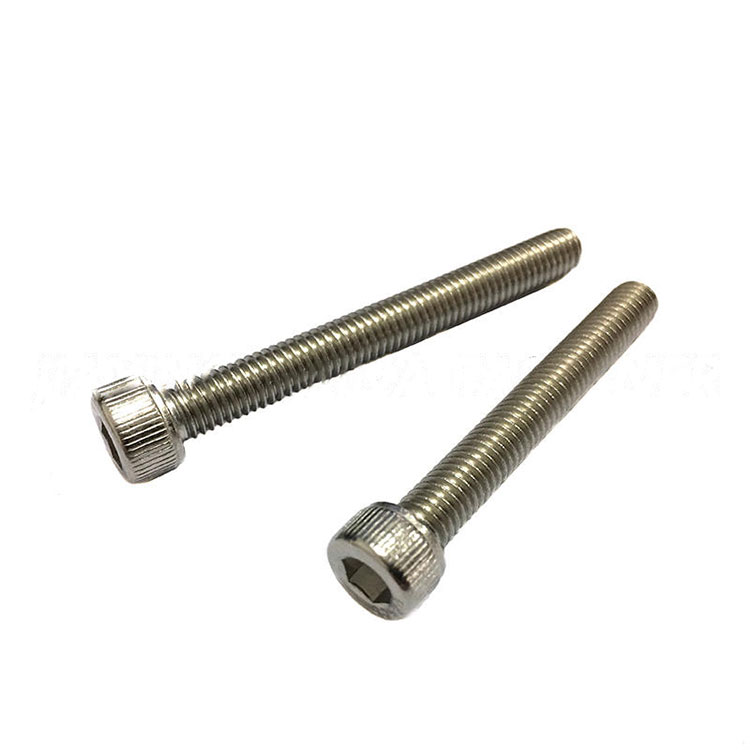Nuts and Bolts of Threaded Rods: Unraveling the Distinctions from Bolts
2023-12-05
Introduction:
In the intricate world of fasteners and hardware, two stalwarts often share the spotlight – threaded rods and bolts. While they may appear similar at first glance, each serves a distinct purpose and plays a unique role in various applications. In this blog post, we'll unravel the characteristics of threaded rods, exploring how they differ from bolts and shedding light on their individual contributions in construction and industrial settings.
Understanding Threaded Rods:
1. Composition and Design:
- A threaded rod, often referred to as an "all-thread" rod, is a long, straight metal rod with threading along its entire length. The threads can be coarse or fine, depending on the specific application. Unlike bolts, threaded rods lack a head, leaving both ends exposed.
2. Versatility in Length:
- Threaded rods are available in various lengths, allowing for customization based on the specific requirements of a project. This versatility makes them suitable for applications where a range of thread lengths is necessary, such as suspending electrical components or anchoring structures.
3. Applications in Construction:
- Threaded rods find extensive use in construction projects. They serve as structural supports, hangers for piping and electrical systems, and anchoring elements for concrete. Their ability to be cut to custom lengths makes them adaptable to diverse construction needs.
4. Materials and Strength:
- Threaded rods are typically made from materials such as steel, stainless steel, or brass. The choice of material depends on factors like strength requirements, corrosion resistance, and environmental conditions.
Distinguishing Threaded Rods from Bolts:
1. Heads and Nuts:
- The most evident difference between threaded rods and bolts lies in their heads. Bolts have heads – hexagonal, square, or other shapes – that are designed for wrenching or turning with a tool. In contrast, threaded rods lack heads and are threaded along their entire length.
2. Installation Methods:
- Bolts are fastened using a nut and are tightened with a wrench or other tools. Threaded rods, on the other hand, can be secured using nuts on both ends. This difference in installation methods influences the structural applications of each fastener.
3. Functionality in Joints:
- Bolts are typically used in conjunction with nuts to create joints, securing materials together. Threaded rods, due to their continuous threading, are often used to provide structural support, hang components, or anchor structures.
4. Customization in Length:
- Threaded rods offer a level of customization in terms of length that bolts may lack. The ability to cut threaded rods to the desired length on-site makes them adaptable to specific project requirements.
5. Primary Use Cases:
- Bolts are primarily used for joining two or more components, while threaded rods excel in applications where a long, continuous length of threading is essential. Threaded rods are commonly found in construction projects where they provide vertical support or anchor structures.
Conclusion:
In the symphony of nuts, bolts, and threaded rods, each fastener plays a unique tune. Threaded rods, with their exposed threads and versatile lengths, are the unsung heroes of structural support and customization in construction. Understanding the distinctions between threaded rods and bolts empowers engineers, builders, and DIY enthusiasts to choose the right fastener for the job, ensuring that each component contributes harmoniously to the strength and stability of the overall structure.



